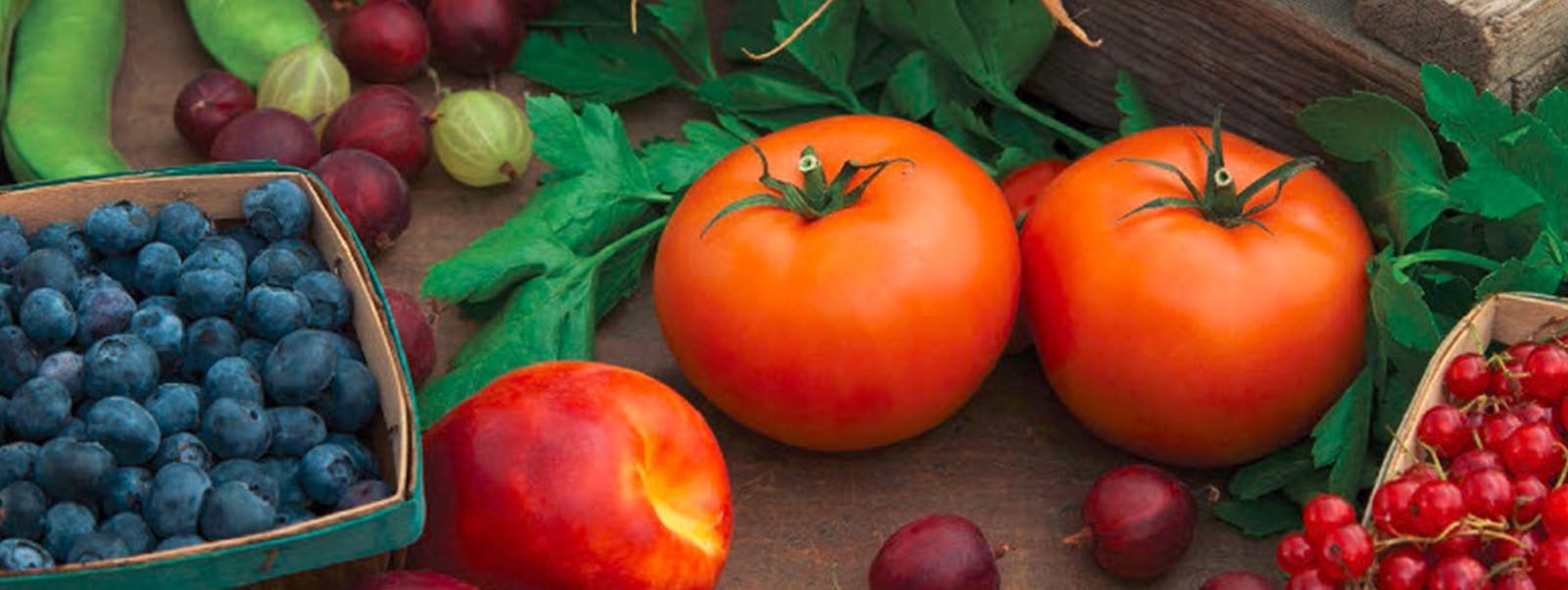Global demand for agricultural production is expected to grow by 70 percent by mid‑century and the global average per capita caloric intake is projected to increase by about 40 percent. The problem is that global food production already utilizes about 50 percent of the arable land surface available and the global agricultural sector already consumes about 70 percent of the freshwater available for human use.
Our research shows there is a broad consensus among retailers that they will almost certainly face wrenching cost and availability problems as a result of the divide that is developing between supply and demand. Most also believe that they will be confronted with very different demand patterns as customer priorities and regulations change. Ninety percent of the top 50 global grocery retailers market their own private-label organic products, and 68 percent publish a sustainability report.
Our research shows there is a broad consensus among retailers that they will almost certainly face wrenching cost and availability problems as a result of the divide that is developing between supply and demand.
In their annual reports, 82 percent of groceries retail chief executive officers cite sustainability as a key priority. More than one in three has opened “green” pilot stores. Nevertheless, the reality behind these flagship initiatives continues to be largely “unsustainable.”
While sustainability now routinely figures in evaluating investment decisions and corporate projects, it has had little effect on the key commercial activities of the business – buying, store operations, or supply-chain decisions. In most cases, sustainable product lines account for only a small percentage of sales revenues, and, with new product development and space decisions still dominated by other priorities, change will be slow. Although retailers’ advertising campaigns are increasingly built around green messages and products, their in-store price promotions largely ignore them – and these account for a very significant proportion of sales. The vast majority of new stores also have little to do with their “green” concept stores. More than 99 percent of all stores are still “traditional,” “non‑green” entities.
To read the full article, download the PDF below.
This article first appeared in the Oliver Wyman Risk Journal.
Michael Lierow is a Partner in the Transport practice and Head of Sustainability Center at Oliver Wyman. Sirko Siemssem is a Partner in the Retail & Consumer Products practice, Oliver Wyman. Both are based in Munich.





